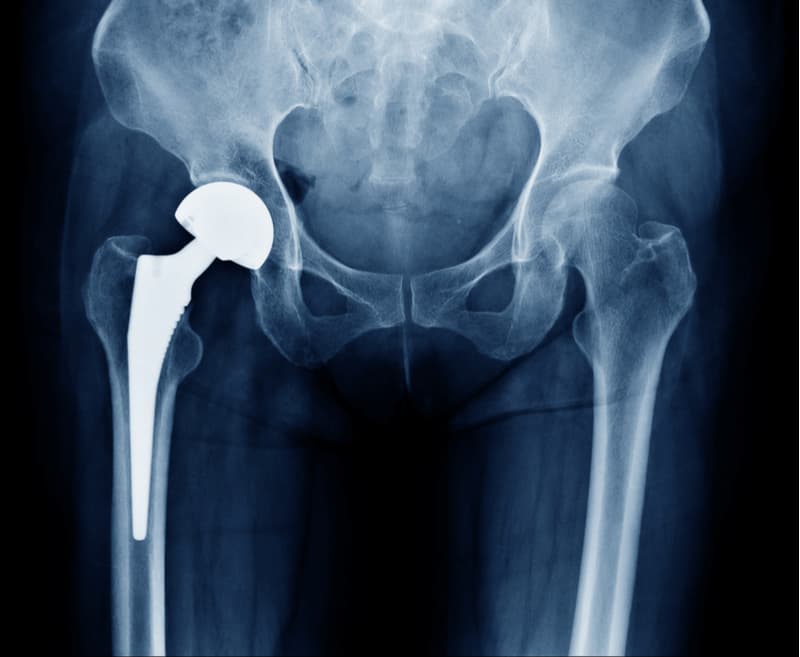Summer is viewed as the classic hay fever season – with both grass and tree pollen causing allergic symptoms, but actually autumn has its own set of allergy triggers too.
‘Autumn is the start of a whole new season of allergic hazards including mould spores and weed pollen,’ says Amena Warner, allergy nurse adviser with the charity Allergy UK.
‘And the switch to more indoor living autumn heralds is the time when other year-round allergy symptoms such as house dust mite allergy and pet allergies tend to get worse as we all turn on the central heating, close the windows and spend less time outdoors as the weather gets colder.’
Mould allergies
Mould spores are found everywhere, at all times of the year but reach their peak in the mild, wet autumn weather – when leaves are falling. It’s the spores – microscopic particles that are released into the atmosphere that cause allergy symptoms including itchy eyes, asthma, eczema and runny eyes and nose.
‘Walking in woodland through damp decomposing leaves is probably one of the worst things you can do if you have a mould allergy, ‘ says Amena Warner .’ Mould thrives in damp, tepid conditions – places like compost heaps, sheds and barns where there is a combination of dampness and lack of light, but also in the modern centrally heated, double glazed carpeted home – it can be very difficult to avoid completely.
‘ Symptoms include respiratory problems – wheezing, tightness of the chest and a cough. In fact, mould allergy sufferers are often diagnosed with asthma not realising that mould spores are the trigger – it’s not an allergy that most people seem to be aware of.’

Types of mould
There are four main types of mould that cause allergic symptoms. These include:
• Penicillium Notatum: Found in soils and decomposing leaves and vegetables (especially compost heaps), pencillium notatum is also found on stale bread, fruits and nuts and is used to make mouldy cheeses. It’s regarded as mainly an indoor allergy.
• Cladosporium Herbarum: Levels of this mould peak in the late summer/ early autumn. It’s the most common source of mould allergy as it is easily transported in the air. It colonises dead plants and soil but is also found in uncleaned fridges, foods, the inside of window frames, and houses with poor ventilation.
• Aspergillus Fumigatus: This is less common and is found in soil, leaf and plant litter, decomposing vegetables and roots and bird droppings. It’s associated with asthma and bronchitis.
• Alternaria Alternata: Thrives in soils, foodstuffs and textiles, including rotten wood, composts, bird’s nests and forest plants.
How to avoid mould
If you want to cut your exposure to mould outdoors in the autumn avoid lingering by cut grass, fallen leaves, compost heaps and woodland walks.
‘Stay away from the countryside during harvest time and avoid cutting and raking grass,’ advises Amena.
‘If you want to reduce your mould exposure indoors concentrate on improving ventilation in your home especially damp and steamy rooms such as the bathroom and kitchen, advises Amena.’ Clean your fridge regularly to avoid a build-up of mould.
‘Don’t dry damp washing indoors on radiators, consider putting in ventilation fans and air bricks and open the windows. Also be aware that houseplants can harbour mould on the top layer of compost – so change it regularly.’
Other anti-mould measures include keeping wardrobe doors ajar to ventilate clothes, cleaning mould from the inside of window frames and avoiding using bottled gas heaters which create a lot of condensation.
‘You can also buy anti-mould cleaning products to target problems areas such as bathrooms,’ says Amena.
Weed pollen allergies
If you thought hay fever was only a problem in spring and summer – you are forgetting about weed pollen.
Autumn flowering weeds include common dock weed, ragweed, mugwort, nettles, sorrel and plantain. Ragweed produces particularly high pollen levels and its season runs from the end of August to November (or until the first frost). Experts have shown that each ragweed plant produces about a billion pollen grains in one season and these can travel 370 miles out to sea.
‘Symptoms include the classic hay fever symptoms of itchy eyes, runny nose and wheezing,’ says Amena.’ Luckily ragweed is not a common plant in the UK – although it is much more common in Europe and North America so you may find you are affected if you visit these countries and have become sensitised to it in the past.
‘Antihistamines can dampen down your symptoms.’
Coping with house dust mite allergy
House dust mite allergy is a common year-round problem but it peaks in the autumn and winter when we all start to spend more time indoors, close windows and turn on the heating.
House dust mites are tiny creatures that live off human skin flakes; it is a protein in their waste products that triggers allergies in humans. They thrive in a humid indoor environment – particularly in bedding, carpets and soft furnishings. Exposure can trigger wheezing and other allergic symptoms.
‘To tackle dust mites it’s important to change your bedding weekly and wash on 60 degrees – lower temperature washes won’t get rid of them,’ advises Amena. ‘Rooms need to be well ventilated and all surfaces should be damp wiped weekly. High filtration vacuums can also help. It’s also best to remove carpets from concrete floors as they can trap moisture and mould spores.
‘Anti-allergy covers for mattresses, pillows and duvets are also very helpful.’
If your children have a collection of soft toys on their beds don’t forget these can harbour dust mites too and should be washed as frequently as bedding. If the toys aren’t washable at high temperature try sealing it in a plastic bag and storing it in the freezer at least 12 hours and then wash at the lower temperature recommended.
‘Pet allergies also tend to get worse in the winter – use the same measures as above and be very firm about not allowing pets into bedrooms,’ says Amena.
Seeing a specialist
If your allergy symptoms are serious and persist – ask your GP for a referral to a consultant allergy specialist or immunologist with a specialism. ‘ It makes sense to identify exactly what your allergens are before making expensive purchases and changing home furnishings,’ says Amena.
Health & wellbeing information
We offer a range of health and wellbeing articles, recipes and exercise videos to enable people to self manage conditions and make healthy lifestyle choices, as well as preventing the development of musculoskeletal problems.
What makes Horder Healthcare unique
Horder Healthcare is committed to providing the very best quality of care for our patients and customers. We are continuously working on improving and reducing risks and this is reflected in our consistently high CQC results, patient satisfaction questionnaires and minimal levels of infection.
We are a charity
We reinvest our profit to benefit more people and help us achieve our aim of advancing health.






